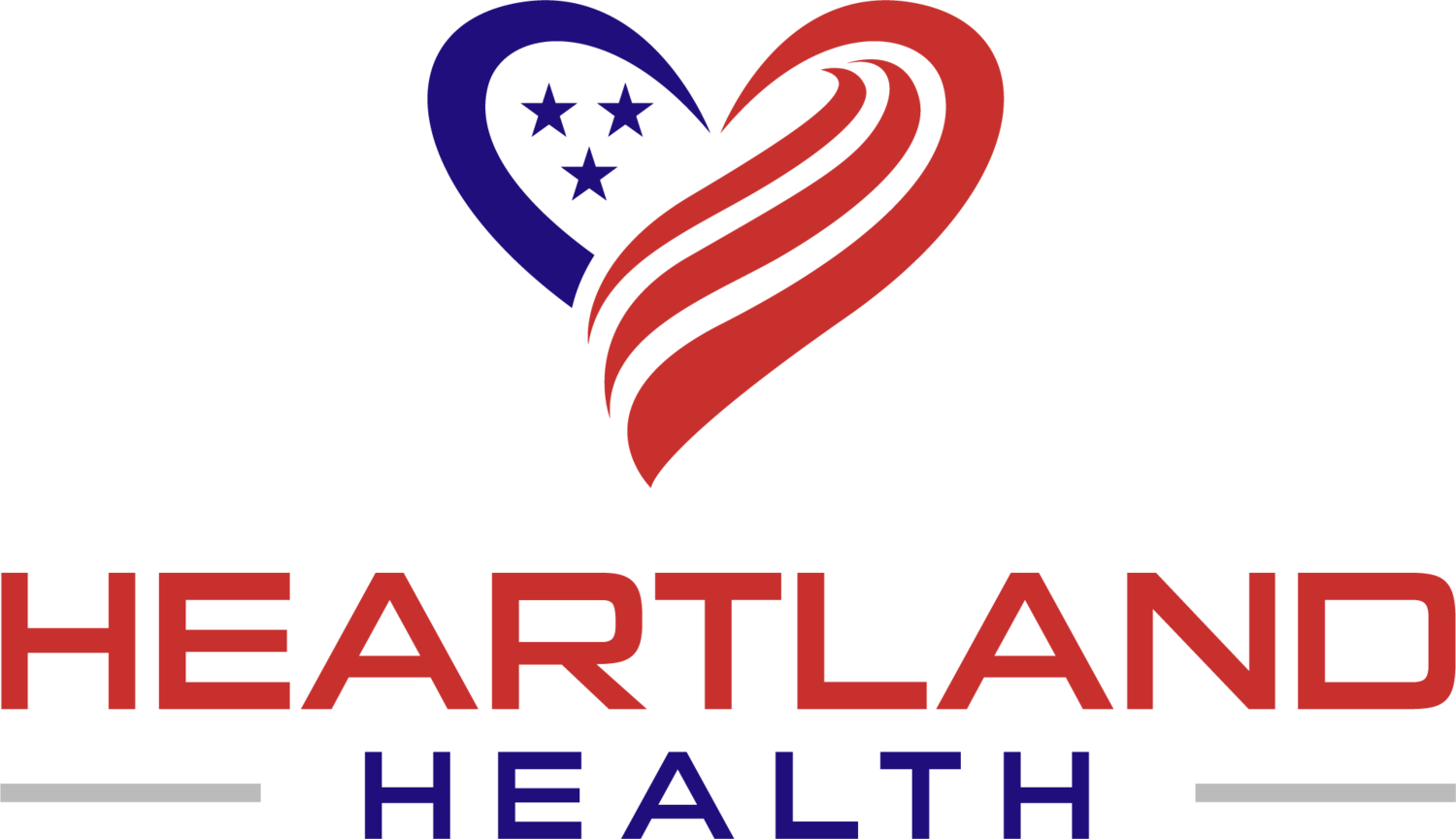
Health & Safety
Heartland Health Safety Tips and More
PPE Research library
How to buy the best disposable face mask, according to experts
-NBC News
Overview
Remember the difference between medical-grade face masks and non-medical masks to ensure you’re grabbing the right one for your specific needs (it will be labelled on the box).
Non-medical masks come in different layer options. You want one that is at least two ply but three ply is ideal.
If possible, look out for masks that have an inner lining with moisture wicking and anti-bacterial properties.
Look for an adjustable nose piece. This clip or wire will help keep particles in when you breathe, cough or sneeze — it can also help keep glasses from fogging.
If you throw on the disposable face mask and it doesn’t fit right, find a different option.
Don’t sweat price points too much. More expensive disposable face masks don’t guarantee better protection.
How to Select, Wear, and Clean Your Mask
-CDC
Overview
Wear masks with two or more layers to stop the spread of COVID-19
Wear the mask over your nose and mouth and secure it under your chin
Masks should be worn by people two years and older
Masks should NOT be worn by children younger than two, people who have trouble breathing, or people who cannot remove the mask without assistance
Do NOT wear masks intended for healthcare workers, for example, N95 respirators
CDC does not recommend the use of gaiters or face shields. Evaluation of these face covers is on-going but effectiveness is unknown at this time
Supercomputer reveals how humidity affects the spread of coronavirus.
-Healthcare & Pharma
Overview
A Japanese supercomputer showed that humidity can have a large effect on the dispersion of virus particles, pointing to heightened coronavirus contagion risks in dry, indoor conditions during the winter months.
The finding suggests that the use of humidifiers may help limit infections during times when window ventilation is not possible, according to a study released on Tuesday by research giant Riken and Kobe University.
Coronavirus Face Masks & Protection FAQs
-Hopkins Medicine
Overview
New information is emerging every day on how the new coronavirus spreads and the best ways to protect against COVID-19. The most effective protections include washing your hands frequently with soap and water and practicing physical distancing However, wearing cloth face masks or coverings in public when physical distancing can’t be observed does offer protection against spread of COVID-19.
Lisa an expert in infection prevention, provides guidance based on Johns Hopkins Medicine policy.
How much protection do face masks offer?
-Mayo Clinic
Overview
It can be challenging to get used to wearing a face mask. Here are some tips for making the transition:
Start slow. Wear your mask at home for a short time, such as while watching television. Then wear it during a short walk. Slowly increase the time until you feel more comfortable.
Find your fit. If your mask isn't comfortable or is too difficult to breathe through, consider other options. Masks come in a variety of styles and sizes.
If these tips don't help or you have concerns about wearing a mask, talk with your doctor about how to protect yourself and others during the pandemic.







